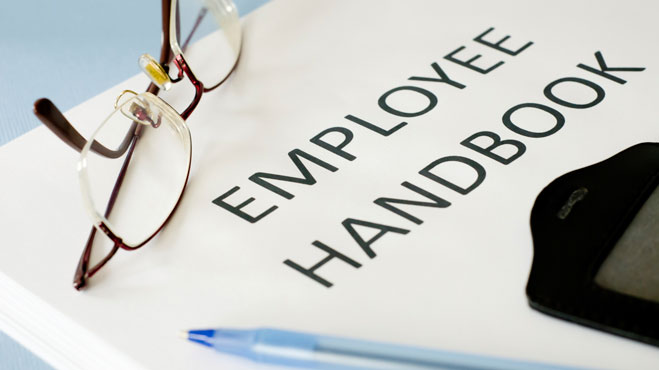Why temporary staffing is still on the rise
In the year following the economic meltdown of late 2008, the temporary staffing industry expanded 15 per cent. Whilst this was unsurprising at the time, it doesn't show signs of slowing, increasing a whopping 57 per cent between 2009 and 2014 even though the economy has recovered.

The global financial crisis is over but the temping trend is not
A recent study from CareerBuilder revealed that the growth in the use of temporary workers is continuing in the US, with 3 million personnel employed through temporary agencies in 2015. Industry experts attributed the initial rise in temporary agency use to the global financial crisis, as many organisations weren't in a position to commit to permanent hires.
"Temporary jobs from staffing and recruiting firms are playing an increasingly important role in the economic recovery," stated CareerBuilder's President of Staffing and Recruitment Eric Gilpin.
In New Zealand, the employment issue is primarily related to supply (number of job seekers) rather than demand (number of jobs available), as over 60 per cent of temp workers were using agency services due to high competition for permanent jobs, reported a 2012 Statistics New Zealand study. Furthermore, the study revealed 70 per cent of temporary agency workers would prefer to have ongoing jobs, more than the 63 per cent of permanent or fixed-term workers that desire ongoing employment with their existing employer. This shows that temporary workers can easily convert into a secure investment, for they are more open than other contracted workers to continue their temporary assignment if the employer offers.
56 per cent of employers intended to transfer existing temp staff to permanent contracts over 2015.
A temporary staffing agency can help you find the right candidate
A separate 2014 CareerBuilder study found that, whilst temporary usually means short-term, 46 per cent of employers expressed plans to hire temporary workers in 2015 and 56 per cent intended to transfer existing temp staff to permanent contracts over the year.
With economic growth up 3 per cent this year, unemployment still remains high at six percent – that's 11.9 million Australians without a job. This means there will be many applicants for positions, reducing the likelihood of finding the most suitable candidate using traditional recruitment and selection methods.
Do you have an influx of work coming up over the next few months? Has one of your top performing workers applied for maternity leave? Or have you been thinking that maybe it's time to have an extra set of hands around to reduce pressure on you and your existing staff? Maybe a temporary solution is what you need.





